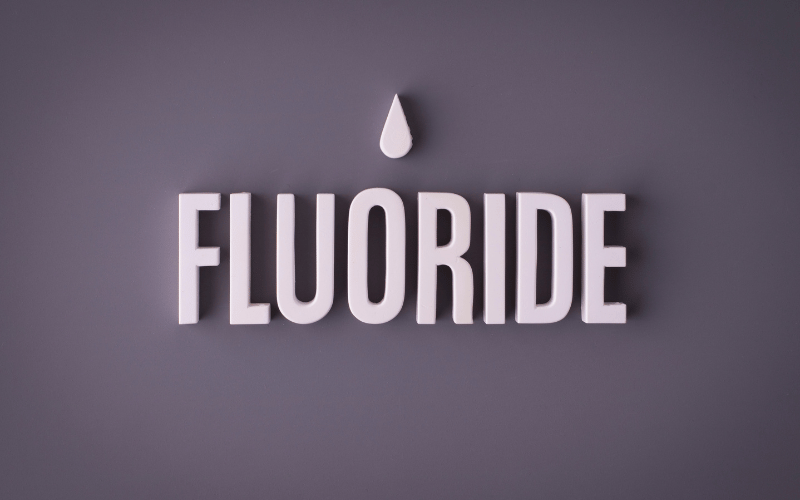5. The Role of Fluoride in ECC Prevention: Finding the Balance

Floride stands out as a champion in the fight against ECC. Its ability to strengthen enamel and reverse early signs of tooth decay is well documented. However, finding the right balance is crucial. Too little fluoride, and the teeth don’t receive its full protective benefits; too much, and there’s a risk of dental fluorosis, which can cause discoloration or pitting of the enamel.
The use of fluoride begins with choosing the right toothpaste. For infants and toddlers, a rice-sized smear of toothpaste with at least 1000 ppm fluoride is recommended. As children grow and can reliably spit out toothpaste, a pea-sized amount can be used. This controlled approach ensures they receive the right amount to fortify their teeth without overexposure.
Fluoridated water is often heralded as a significant public health achievement in reducing the prevalence of dental caries. Parents should be aware of the fluoride content in their local water supply and, if necessary, supplement with fluoride drops or tablets as advised by a pediatric dentist. This ensures that children who aren’t receiving fluoridated water still get its benefits.
In-office fluoride treatments provided by dentists can offer a high dose of fluoride to teeth at risk of ECC. These treatments, usually in the form of varnishes or gels, provide a concentrated burst of fluoride that can bolster the teeth’s defenses, particularly for children at high risk of decay.
It’s important for parents to discuss with their child’s dentist about all sources of fluoride their child is exposed to. This includes toothpaste, mouth rinses, water, and professional treatments. By tailoring fluoride exposure to each child’s needs, ECC can be effectively prevented while minimizing the risk of fluorosis, ensuring that the child reaps all the benefits of fluoride with none of the drawbacks. (5)